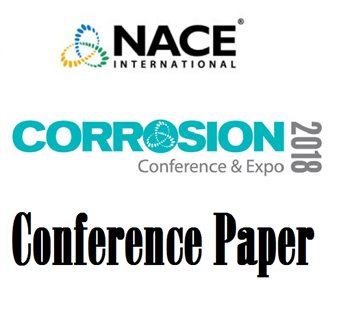Search
51318-10955-CP shielding effect on buried pipeline by complex bridge structure
Also Purchased
51318-10689-PIPELINE STRAY DIRECT CURRENT (DC) INTERFERENCE
Product Number:
51318-10689-SG
Publication Date:
2018
$20.00
51318-10656-CP Interference - Interference Testing and Mitigation of Interference Issues
Product Number:
51318-10656-SG
Publication Date:
2018
$20.00
51318-10944-Cathodic protection affected by stray current transients: Critical duration and amplitude
Product Number:
51318-10944-SG
Publication Date:
2018
$20.00




